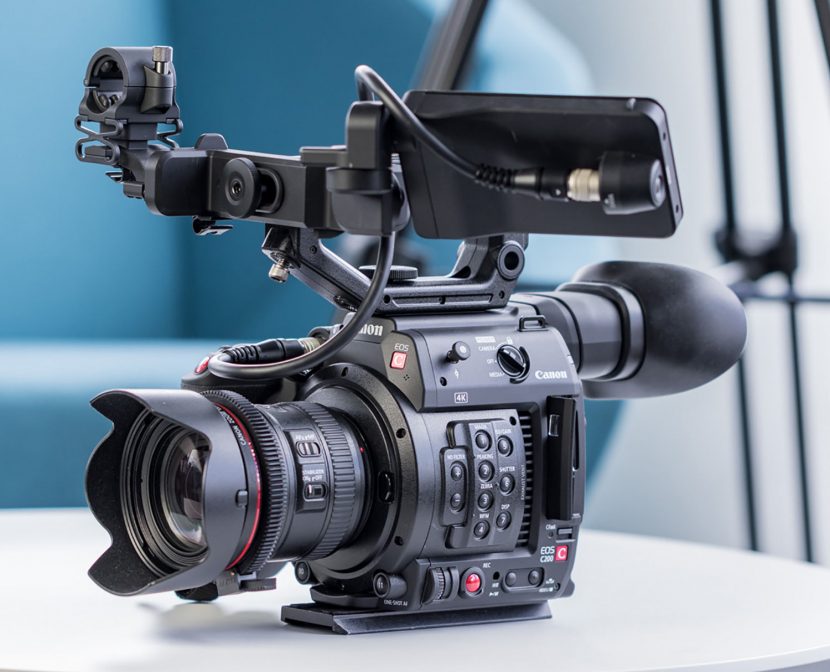

This slider provides an effective way of keeping skin tones from looking too orange when boosting the saturation of other colours in a shot. This slider can help increase the contrast between objects with different colours.īy dropping the Orange colour’s Saturation slider to -3.0 we’ve kept the warm tiles from becoming over-saturated. By changing the Hue of the Aqua and Blue colours we’ve added a hint of cyan to them.īy reducing the value of the Blues Lightness slider we’ve darkened the skies and made them look more dramatic. The H slider adjacent to each colour thumbnail creates a shift in that colour’s hue. Distant yellow plants also have more impact, which helps give the photo extra depth. It’s worth boosting the Saturation slider of the Yellow section if you have vegetation in your photo.īy boosting the Saturation of the Yellows we’ve made some of the ivy leaves stand out against their greener colleagues, creating more variety in this area. These thumbnails give you an idea of the range of colours that will be altered if you drag the adjacent HSL sliders although this colour is labelled Yellow, it also alters lighter greens. You can also reset individual colours by clicking the Reset icon below their thumbnail. Even if you close DPP 4, you can later choose Adjustment>Revert To Shot Settings to see the shot’s colours as they were captured in camera. As you’re editing a Raw file you can click here to reset all the image’s colours. The Hue slider causes colours to shift to new values in a dramatic way.įeel free to experiment with different H, S and L settings. These top two sliders adjust all the photo’s colours simultaneously. Click here to access the Hue, Saturation and Luminance (lightness) adjustment sliders for eight separate colours.


 0 kommentar(er)
0 kommentar(er)
